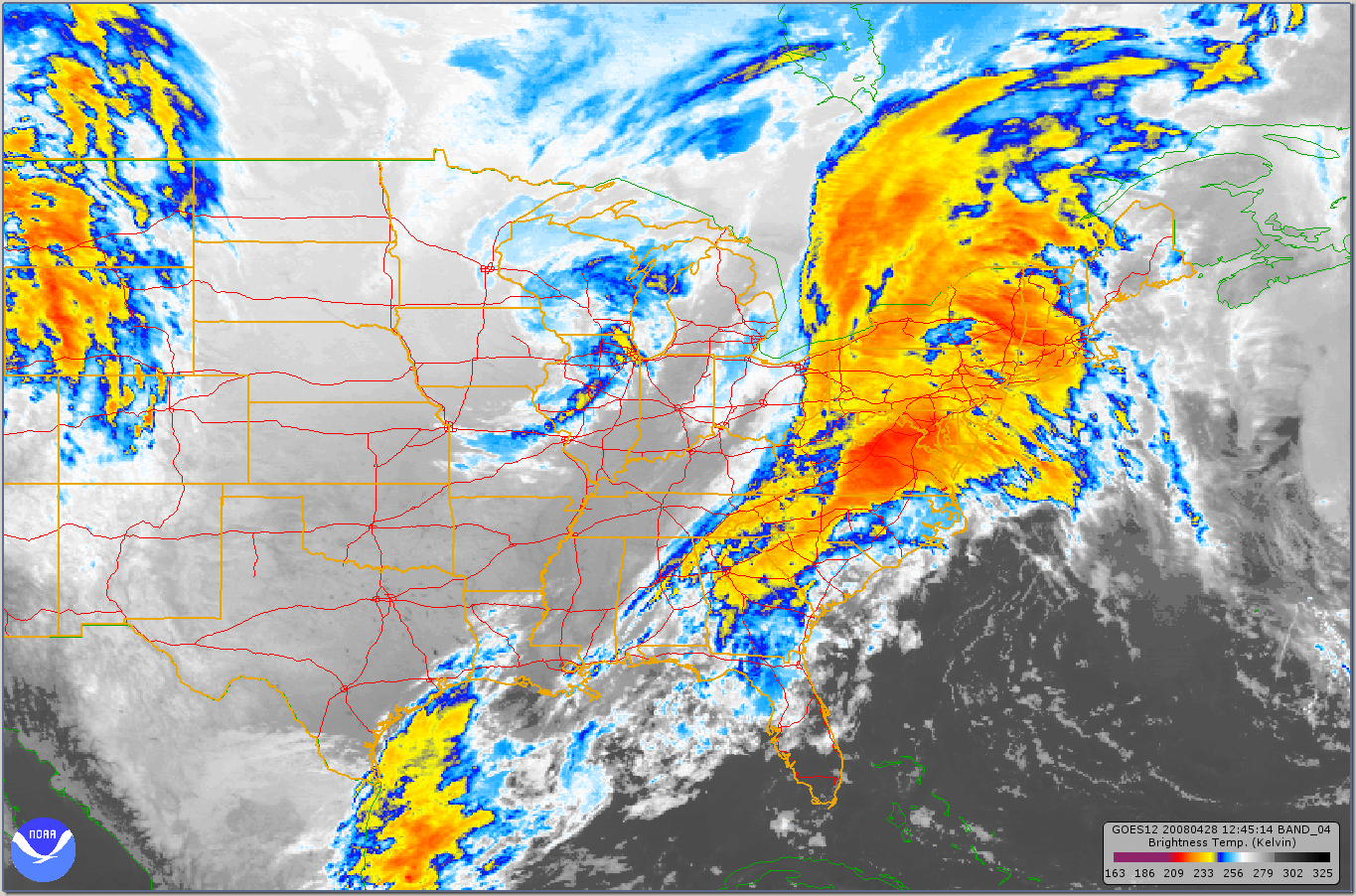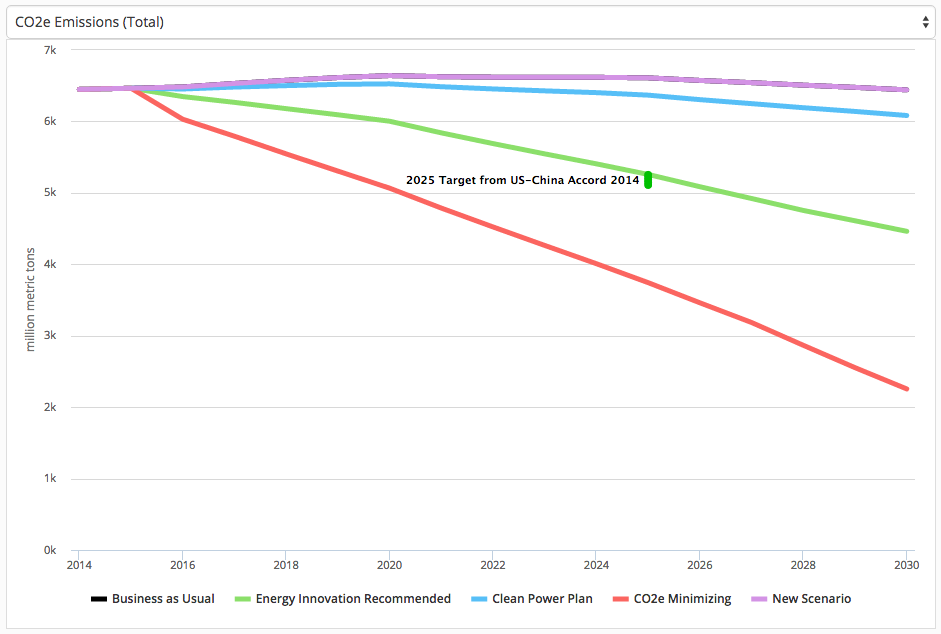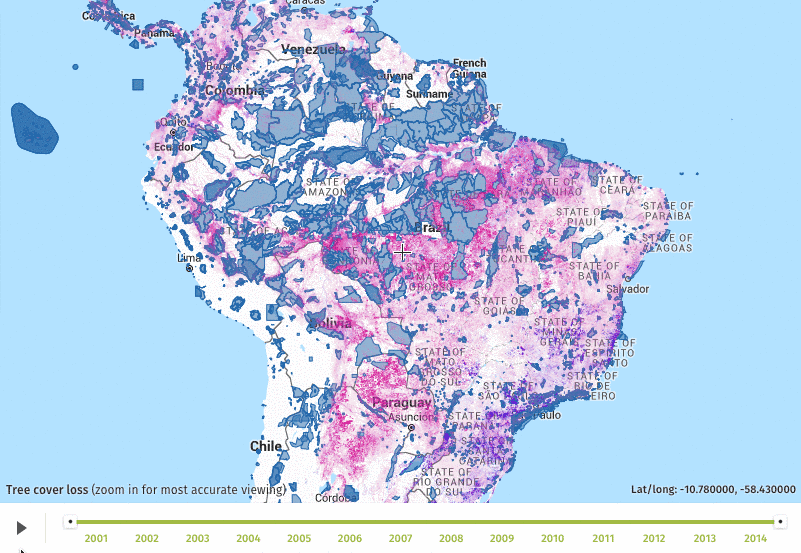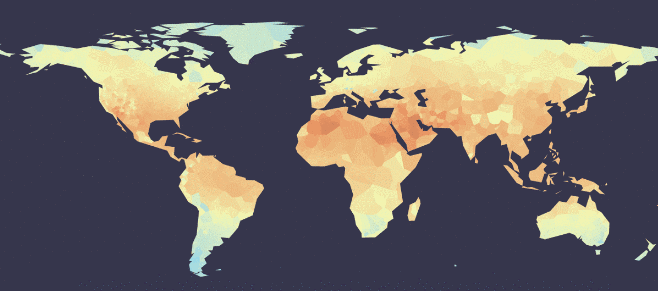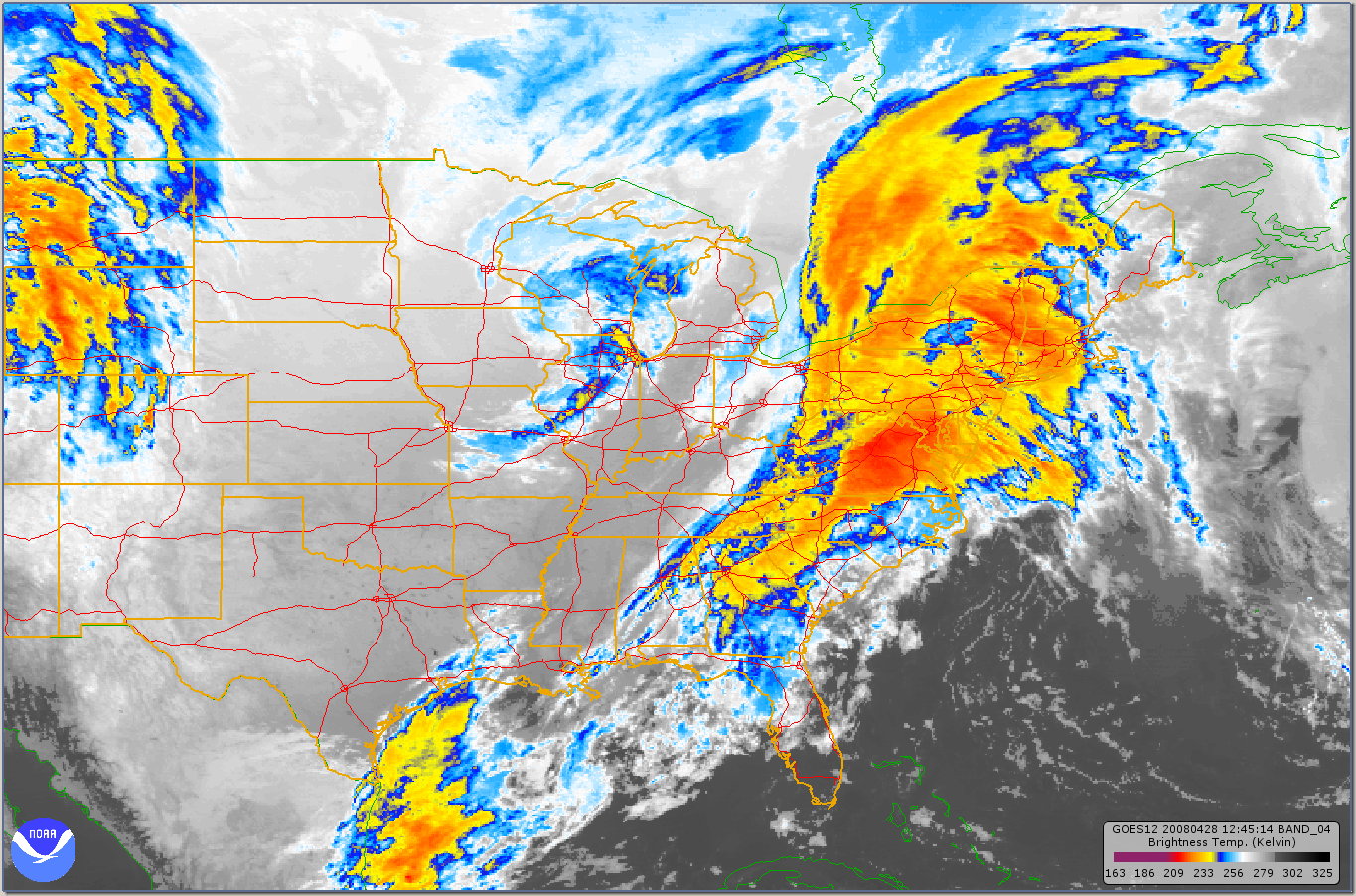Given ever-worsening hurricane news, the hottest September on record, and GOP obstructionism, it can be hard to get a handle on what’s even going on with our climate. There’s a lot of data out there — sometimes it can seem like too much — and a lot of it is unreliable. Climate data visualizations can help you sort through the noise to get at the signal.
Over at Climate Home, Megan Darby has compiled a veritable cornucopia of climate change data tools. It’s a stellar list, and if you’re looking for a deep data dive, you’d do well to check it out. But here at Grist we love data, too, and so we decided to put together our own compilation for your visualizing pleasure.
Without further ado, here are seven tools to help you hold a climate conversation without having to lean on the weather. (Unless, of course, you’re talking about NOAA’s Climate and Weather Toolkit, in which case you’ll really be talking about the weather.)
The 30,000-Foot View: Global Top 10 Greenhouse Gas Emitters (World Resources Institute)
[protected-iframe id=”280024cf29f6de5e901381f57e2b41ef-5104299-90381964″ info=”http://goo.gl/3DpO0K” style=”width: 603px; height: 708px; border: 0″ scrolling=”no”]
The World Resources Institute’s CAIT project is the classic starting spot for historical emissions data. One tool we’re particularly fond of is the global emissions profiler embedded above. It’s particularly useful if you’re trying to get a sense of scale. How much is a hundred million metric tons of CO2 equivalent, anyway? Scroll around the wheel — it’s about the same size as the entire Chilean economy. CAIT also hosts a domestic state-by-state comparison tool.
The Bare Bones: The Keeling Curve (Scripps Institution of Oceanography)
In the world of climate data, there are technocrats and there are Luddites. The classic Keeling Curve is of the latter variety. It’s nothing fancy, but it gets to the root of the climate dilemma. The Mauna Loa Observatory started collecting atmospheric CO2 data in 1958, and the numbers have been climbing ever since. Wondering about that 350 ppm number people are always tossing around? We’re well past it.
The Metavisual: A World of Change (Google)
https://www.youtube.com/watch?v=9sgURROwapI
This is what we talk about when we talk about climate change. Google’s A World of Change tool allows people to get a handle on global search trends for environmental information. In addition to being rather pretty, the tool offers several crucial insights into the way different countries approach the idea of global warming. “We wanted to show how this big issue looks when viewed through the lens of Google search data,” Simon Rogers, data editor of Google News Lab told the Washington Post. “Google data is so big — there are over 3 billion searches a day — that our challenge was how to make those huge numbers meaningful.” You can decide whether or not they succeeded.
The Wonk’s Paradise: Energy Policy Simulator (Energy Innovation)
Climate Home also flagged this bad boy. Fresh off the press (the tool launched earlier this week), Energy Innovation’s Energy Policy Simulator lets you design your own U.S. energy policy suite and come to grips with the resulting emissions projections. What’s truly astounding about the simulator is the staggering degree of detail. “The desktop version allows even more policy options,” wrote POLITICO’s Eric Wolff in Morning Energy. “Considering that the web tool allows users to devote research money to reducing livestock flatulence, ME’s mind boggles at what would be more detailed.”
The Tree Hugger’s Terror: GFW Interactive Map (Global Forest Watch)
Worried about deforestation? About land and resource rights? Carbon stocks and biodiversity? Global Forest Watch has got you covered. Earlier last month, the NGO reported that the Google-hosted tool helped pinpoint new hotspots of tree-cover loss. They’re constantly updating the data, so keep checking back for all your arboreal needs.
The Pretty One: Global Land Temperatures (Halftone)
Halftone’s land temperature visualizer might not be the most practical tool in the world, but it’s divinely gorgeous. Visit the online version for all the beautiful, time-dependent, temperature-indicating Voronoi tessellations you could ever want.
The Doozy: Weather and Climate Toolkit (NOAA)
And then there’s the tool for the hotshots. The big guns. Want the real deal? Access to more or less every climatic and meteorological variable under the sun? Then you want the National Oceanic and Atmospheric Administration’s Climate and Weather Toolkit. Warning: It’s not for beginners. But you’re no beginner, are you? Check out this video introduction to the software.
That’s all for now, team. Let us know what we missed.

